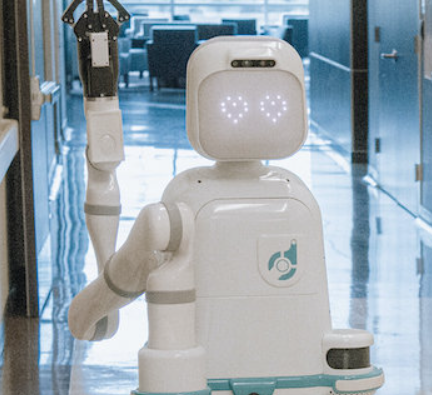
Over the past decade, the landscape of logistics and warehouse operations has shifted dramatically. Rising consumer expectations and the demand for quicker deliveries have pushed businesses to explore smarter, faster, and more efficient ways to manage their supply chains. One transformative solution gaining momentum is the deployment of autonomous mobile robots (AMRs) within warehouse environments.
Redefining Internal Transport with Mobile Robots
One of the most critical and repetitive tasks in warehouses is the movement of goods—be it raw materials, finished products, or order packages. Traditionally performed by humans or manual equipment, this function is now increasingly handled by self-guided robots. These robotic systems, designed to carry different payload capacities, can autonomously navigate warehouse floors, transporting items from one location to another with precision.
Their onboard mapping and obstacle avoidance capabilities allow them to chart optimal paths in real time, reducing congestion and minimizing errors. As a result, companies are able to redeploy their human workforce toward more strategic, high-value activities rather than routine hauling or sorting duties.
Smarter Inventory Control Through Automation
Inventory management is another area seeing notable improvements thanks to autonomous robots. Equipped with sophisticated sensors and software, these machines can independently move through storage aisles, scanning barcodes or reading RFID tags to collect accurate, real-time inventory data.
This automated monitoring reduces stock discrepancies and prevents issues such as overstocking or stockouts. Having precise, up-to-date information allows warehouse managers to make informed purchasing decisions and optimize storage use. Ultimately, this leads to cost savings and better service for end customers.
Where the Future Is Headed
The future of mobile robotics in warehouses is promising, with several innovations poised to further enhance their performance:
- Swarm Robotics: As robotics systems evolve, the idea of multiple robots working together in a coordinated “swarm” is gaining traction. This approach improves task distribution, streamlines order fulfillment, and supports round-the-clock operations.
- AI and Machine Learning: These technologies are enabling robots to adapt to dynamic environments by learning from their experiences. Over time, AMRs become more efficient, developing better routing strategies and responding intelligently to unexpected changes.
- Human-Robot Collaboration: The goal isn’t to replace human workers, but to work alongside them. Collaborative robots, or “cobots,” are designed to safely share workspaces with people, enhancing overall workflow and maintaining safety standards.
- 5G Connectivity: Reliable, high-speed communication is critical for responsive robot performance. As 5G infrastructure becomes more prevalent, it will support faster data exchange between robots and central systems, enabling seamless operations even in complex or signal-challenged factory layouts.
Final Thoughts
Autonomous mobile robots are no longer a futuristic concept—they’re already reshaping how goods are handled and tracked within warehouses. From increasing efficiency and accuracy to boosting workplace safety, their impact is far-reaching. As innovations in connectivity, artificial intelligence, and collaborative systems continue to mature, we can expect warehouse environments to become even more streamlined, responsive, and automated. Businesses that embrace this shift will be better equipped to meet the growing demands of a fast-paced, global supply chain.












